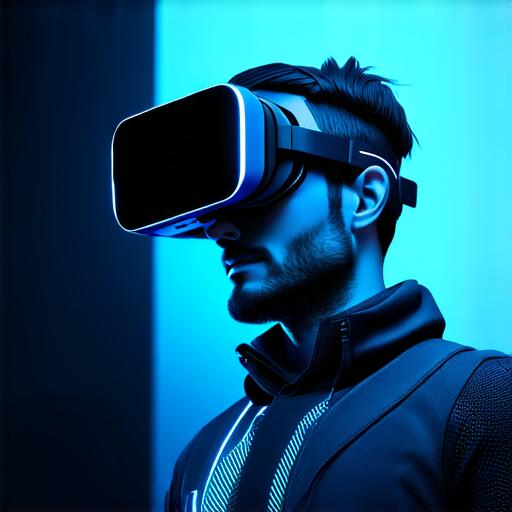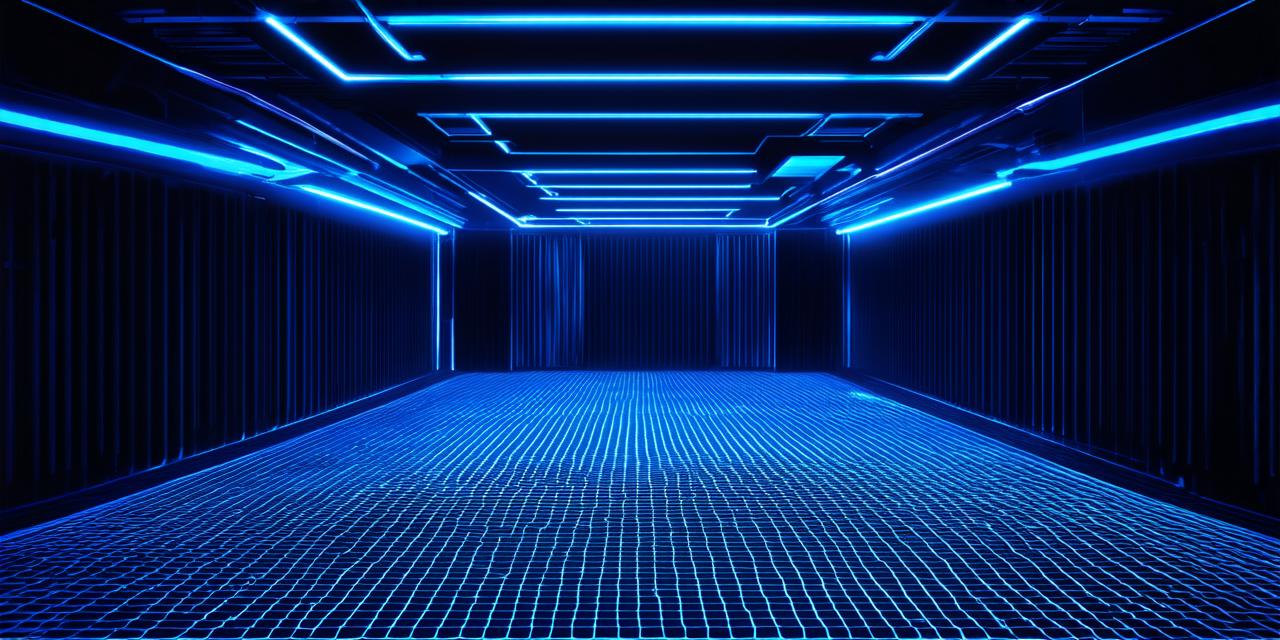
As technology continues to advance, one area that has seen significant progress in recent years is virtual reality (VR). VR creates a three-dimensional space that allows users to navigate and engage with digital environments in ways that were previously impossible. In this article, we will explore the world of VR and how it is revolutionizing the way people interact with technology.
What is Virtual Reality?
Virtual reality is an immersive computer-generated simulation of a real or imagined environment that can be experienced through specialized headsets or other sensory devices. It creates a realistic, three-dimensional space that users can navigate and interact with using their body movements and gestures. This technology has been around for decades but it is only in the last few years that it has become more accessible and affordable to consumers.
The Advantages of Virtual Reality
Virtual reality offers several advantages over traditional forms of media, such as movies or video games. For one, it provides a level of immersion that is unmatched by other technologies. Users feel as though they are truly in the environment they are experiencing, which can be especially useful for training and simulation purposes. Additionally, VR allows for more interactive and dynamic experiences than traditional media, as users can actively engage with their surroundings and influence the outcome of events.
Virtual Reality Applications
Virtual reality has a wide range of applications that span across various industries. In the entertainment industry, it is being used to create highly immersive video games that allow players to feel like they are truly part of the action. In the medical industry, it is being used for training purposes, allowing doctors and nurses to practice procedures in a safe and controlled environment. In the real estate industry, it is being used to provide virtual tours of properties, which can be especially useful for clients who are out of town.
Virtual Reality and Education
Virtual reality is also being explored as a tool for education. It allows students to experience historical events in an immersive and interactive way, providing a deeper understanding of the subject matter. Additionally, it can be used to teach complex concepts in science and engineering by allowing students to visualize and interact with virtual models.
The Future of Virtual Reality
Virtual reality is still a relatively new technology, but it has already shown great potential for the future. As the technology continues to improve and become more affordable, we can expect to see even more applications and uses for VR in the years to come. Whether you are a gamer, a medical professional, or a student, virtual reality is sure to provide new and exciting ways to engage with digital environments.
Conclusion
Virtual reality creates a three-dimensional space that allows users to navigate and engage with digital environments in ways that were previously impossible. With its ability to provide immersive experiences and dynamic interactions, VR has the potential to revolutionize the way people interact with technology across a wide range of industries. As the technology continues to improve, we can expect to see even more exciting applications and uses for virtual reality in the future.
